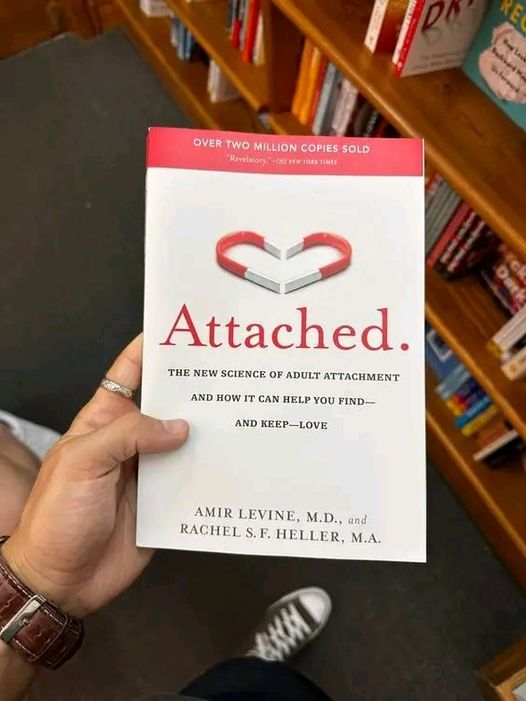"Attached: The New Science of Adult Attachment and How It Can Help You Find - and Keep - Love" by Amir Levine and Rachel Heller offers insights into attachment theory and its impact on adult relationships.
Here are 10 key lessons from the book:
1. Understanding Attachment Styles: The book introduces the concept of attachment styles—secure, anxious, and avoidant—and explains how these styles develop based on early caregiving experiences.
2. Impact on Relationships: Levine and Heller explore how attachment styles influence adult romantic relationships, including patterns of behavior, communication, and emotional responsiveness.
3. Identifying Your Attachment Style: Readers are encouraged to identify their own attachment style and understand how it affects their relationship dynamics and partner selection.
4. Recognizing Compatibility: The book discusses how individuals with different attachment styles may interact in relationships and offers insights into compatibility and potential challenges.
5. Effective Communication: Levine and Heller provide strategies for improving communication and resolving conflicts within relationships, taking into account each partner's attachment style.
6. Addressing Insecurity and Anxiety: For individuals with anxious attachment styles, the book offers guidance on managing insecurity, reducing anxiety, and building self-esteem within relationships.
7. Creating Secure Bonds: The authors emphasize the importance of creating secure attachment bonds within romantic relationships through trust, empathy, and emotional attunement.
8. Setting Boundaries: Levine and Heller discuss the importance of setting healthy boundaries in relationships and respecting each partner's autonomy and needs.
9. Healing Attachment Wounds: For individuals with insecure attachment styles, the book provides strategies for healing attachment wounds and developing more secure relationship patterns.
10. Choosing Compatible Partners: The book offers advice on selecting partners who are compatible with your attachment style and relationship needs, as well as recognizing red flags in potential relationships.




